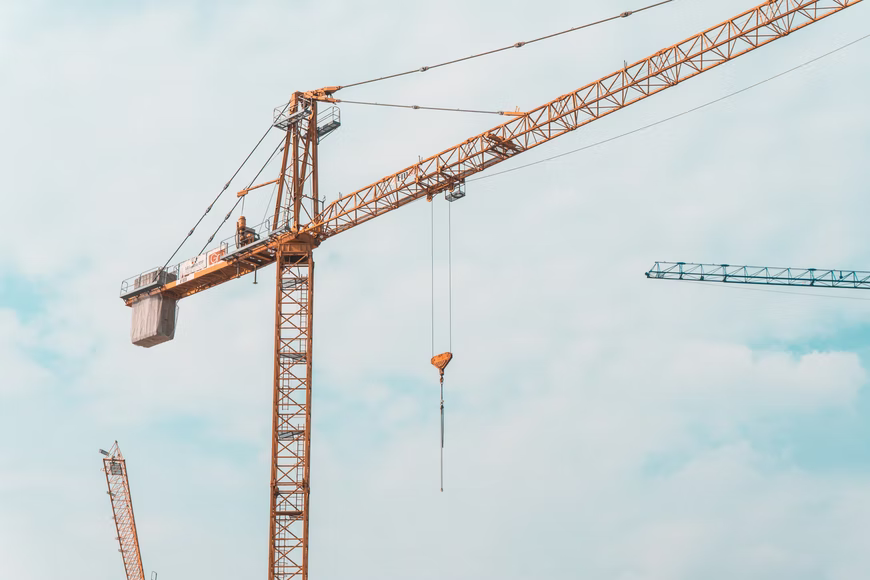The global crane market is expected to grow to $49.64 billion by 2028. Several types of cranes exist in the market today to fulfill various construction requirements. In this article, we’ll explore the features of the highly versatile all-terrain crane so you can decide if it fits your site.
What Are All-Terrain Cranes?
All terrain cranes are designed to function on several types of terrain, no matter how smooth or uneven. These cranes combine the abilities of hydraulic truck cranes and rough-terrain cranes, providing excellent strength and mobility. These highly flexible cranes come equipped with a hydraulic telescopic boom that can haul weights from 40 to 1000 tonnes up to 500 ft effortlessly and reach a speed of up to 55 mph or 88 km per hour. All-terrain cranes are considered luxury mobile cranes in the world of construction.
Applications
All-terrain cranes offer an all-rounder solution because of their flexibility. Unlike rough terrain cranes, they can be driven on highways, and so they are useful to reach far-off construction sites. The adaptability of these cranes makes them particularly useful for multi-use job sites. All-terrain cranes are commonly used to install pipelines, erect wind turbines, construct or upgrade cell phone towers, and HVAC work, though they are often used for heavy haulage in building constructions as well.
Advantages
These cranes offer their users multiple benefits:
- They are suitable for use on road surfaces and uneven terrains like sand and gravel. As a result, they can move between varying sites easily and independently
- They are sturdy and can withstand all types of weather conditions, having a temperature tolerance range of -13 to 104°F
- They come with an integrated boom
- They have a four-wheeler or an all-wheeler drive
- They demonstrate a powerful lifting performance
- They are comfortable to operate and offer good visibility to their operators.
- They are designed compactly
- They can reach a high speed
- They are very versatile in their applications
Considerations Before Using Them in Projects
Companies often consider all-terrain cranes when they are dealing with uneven sites. In such a case, if you require a versatile crane, an all-terrain crane is probably your best choice. However, these cranes are expensive and heavy, so assess your site, project, and budget carefully before deciding on the most suitable crane. Consider the type of road to be traversed to reach the site, the site’s terrain, the weight of the load, and the height to lift before choosing the types of cranes to be deployed for a project. If the site is not far and the route to it is rugged, a rough terrain crane would do the job without costing you as much. Similarly, if the land is not expansive, maneuvering an all-terrain crane can be difficult due to its wider size.
Endnote
Given the features of all-terrain cranes, buying them can be a great investment. Their well-rounded abilities make them suitable for various sites, so you won’t have to use separate cranes for different jobs. Additionally, they can be rented off for good prices, so the one-time purchase payment is covered soon enough.


